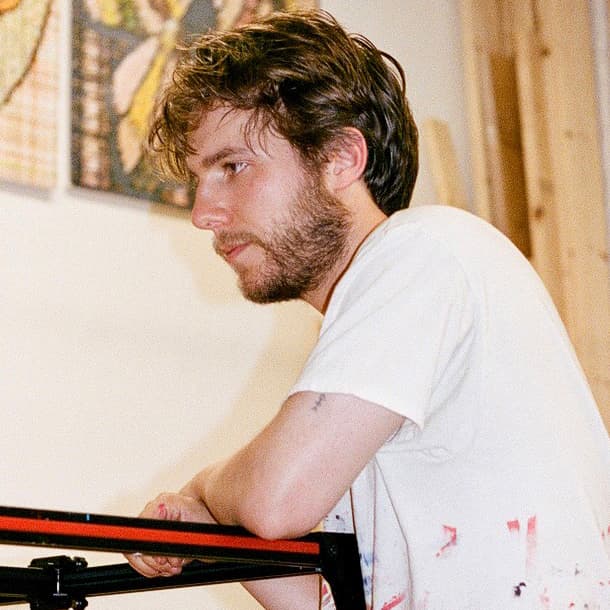
Artist Profile
Natan Lawson
Natan Lawson generates paintings that each appear like a hybrid between an intricately woven tapestry and a futuristic computer-generated image. His works are at once nostalgic and ultramodern, tactile and digital. They offer up familiar imagery in a frayed high-tech world.
Lawson collects and contemplates life’s remnants—culling motifs from his personal archive of needlepoint designs, alphabet charts, disposable plates, cursive homework sheets, and other domestic paper ephemera. The artist uses a custom-built Computer Numerical Control (CNC) machine to translate these found visuals onto canvas. Holding a brush, a robotic arm paints one acrylic mark at a time according to thousands of lines of code. This grid-based meditative method recalls craft techniques like needlepoint, cross-stitch, and weaving. Monitoring and guiding the equipment, Lawson embraces rather than corrects the natural imperfections that paradoxically arise in automatic modes of production. He is part of a generation of contemporary artists who are investigating the fertile ground between the hand-made and the mechanical—ruminating in turn on other dichotomies between tradition and rebellion, order and chaos, death and rebirth.
Available Works
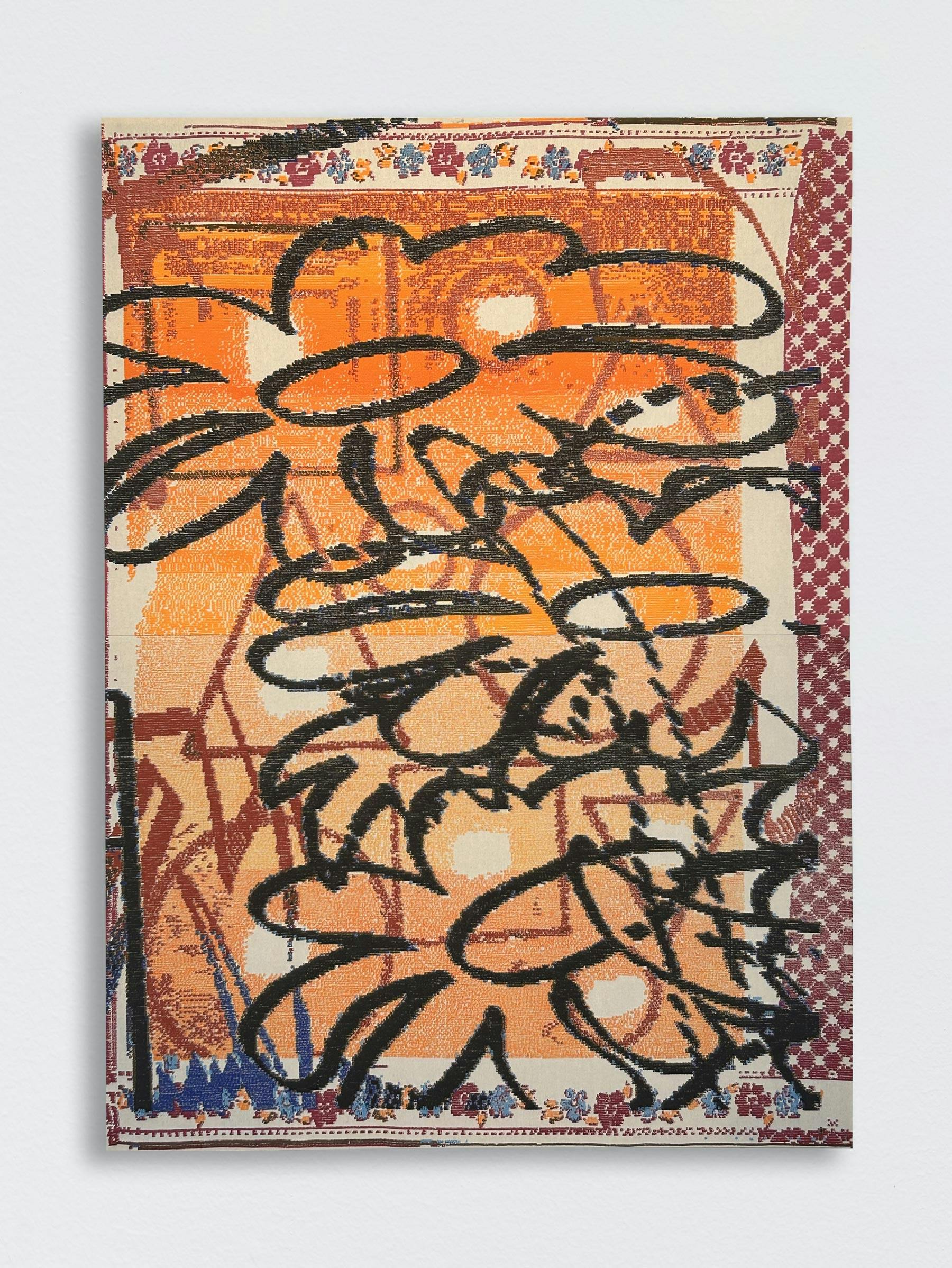
Natan Lawson
Black Flower on a Sunset with Floral Border, 2021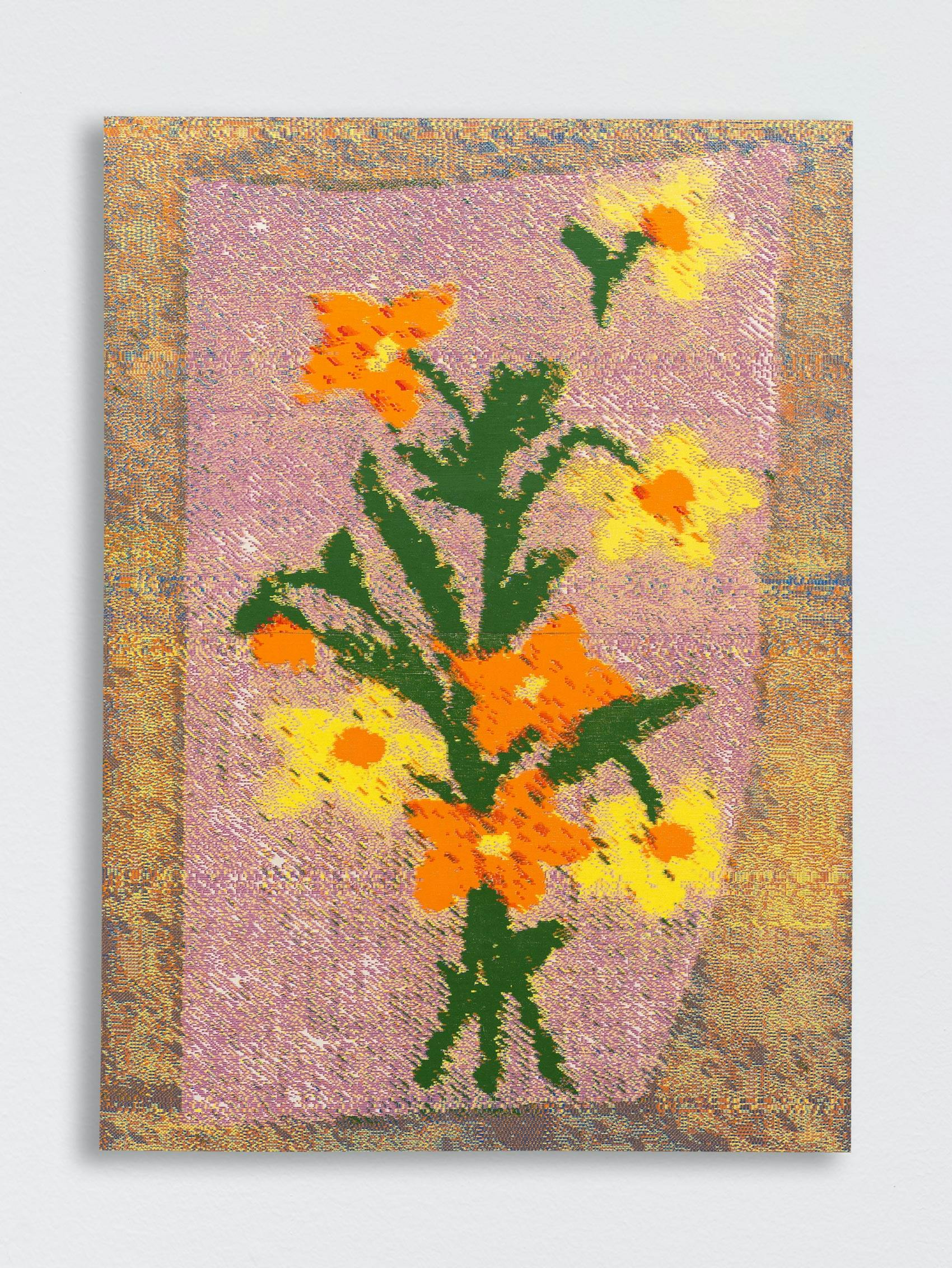
Natan Lawson
Bouquet, 2020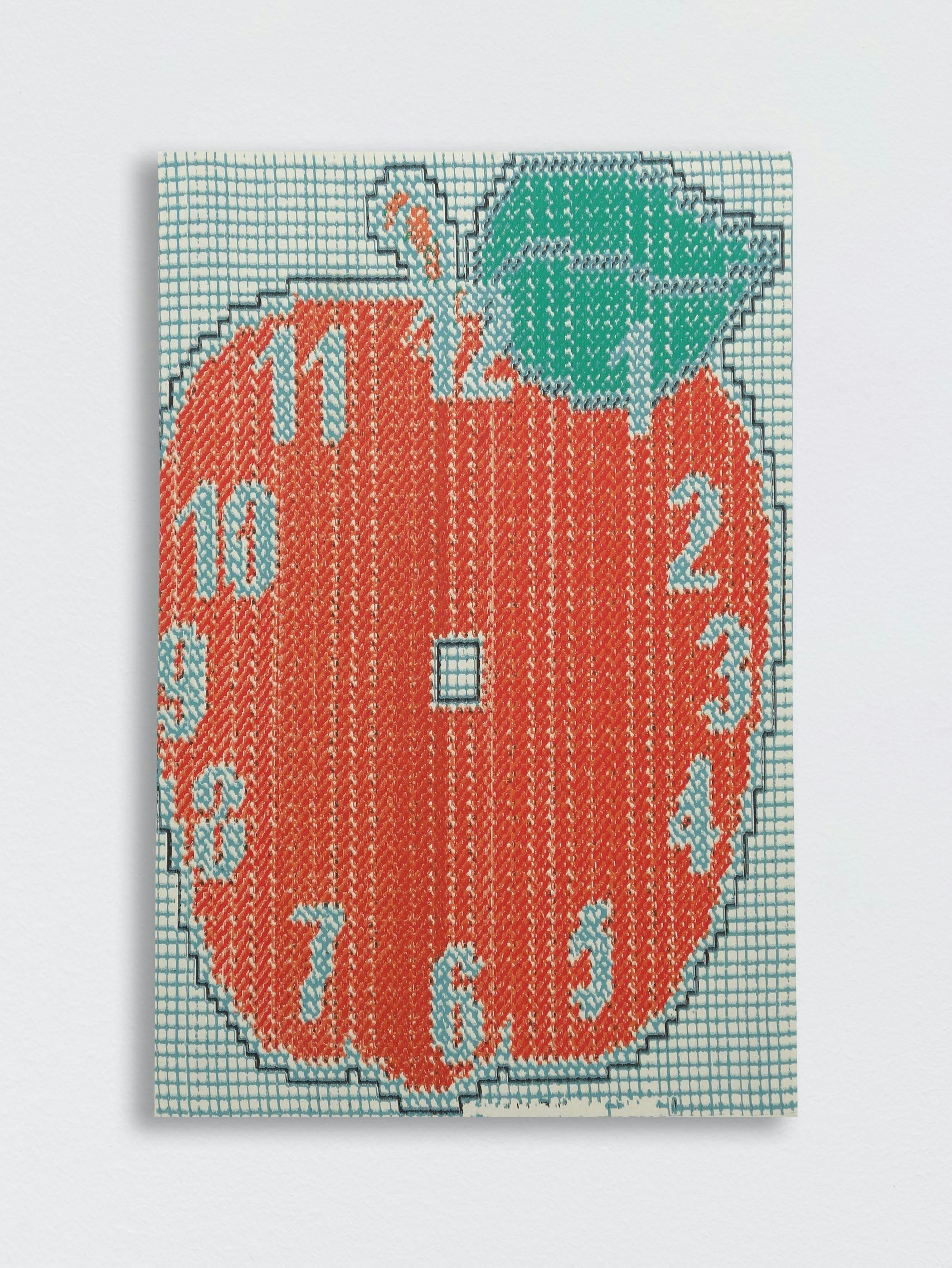
Natan Lawson
Paper Clock, 2018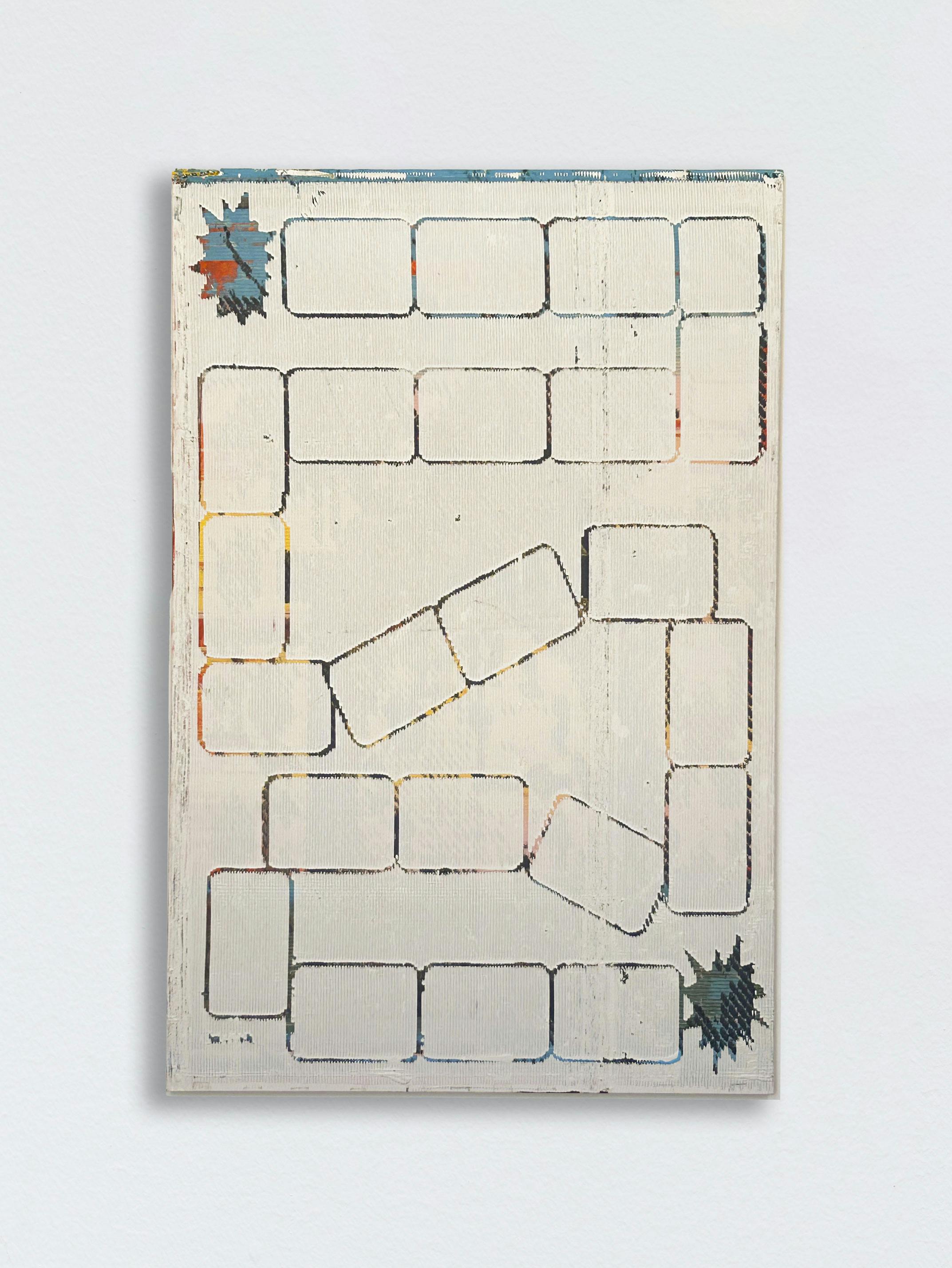
Natan Lawson
Domino Effect, 2020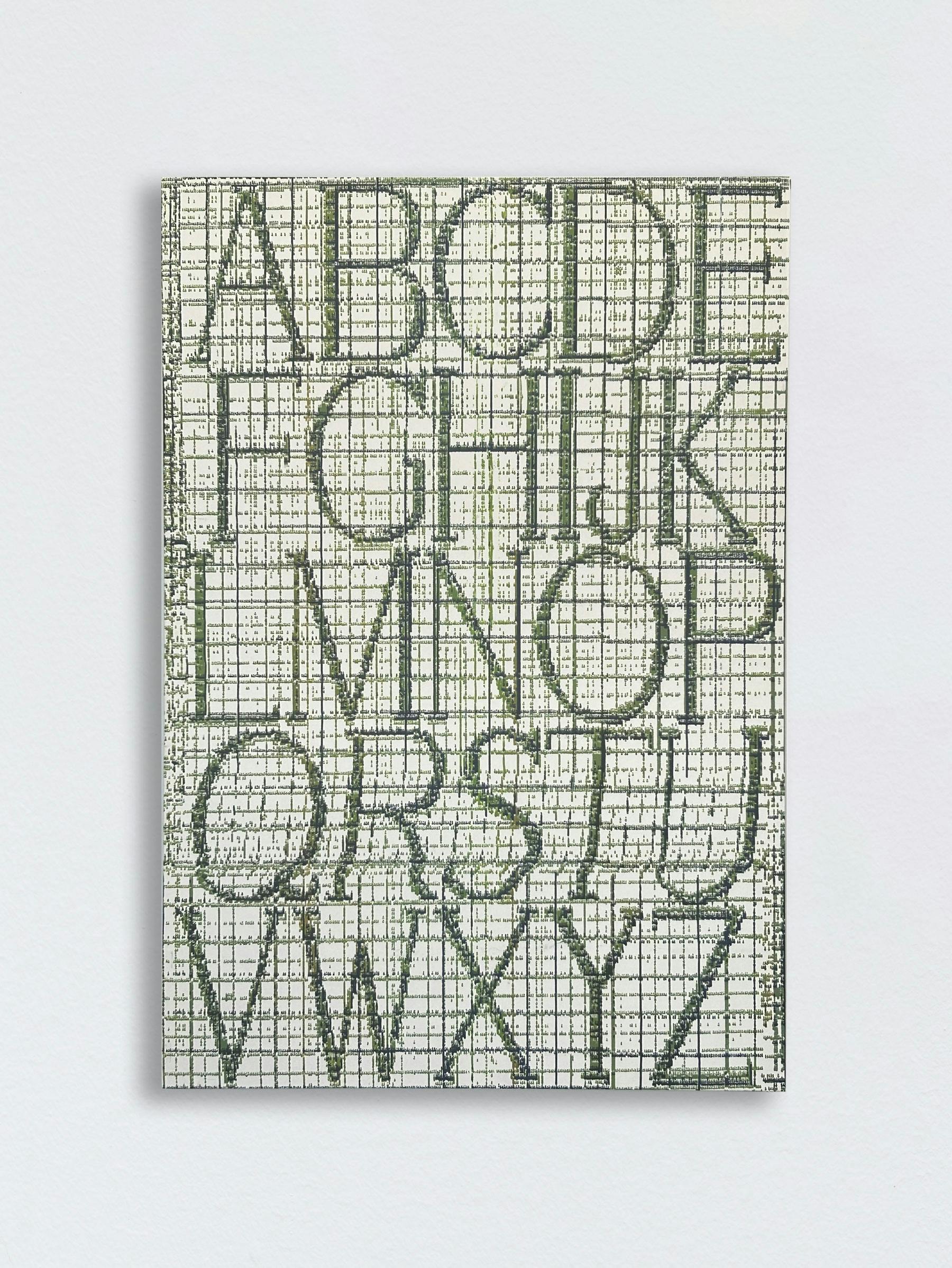
Natan Lawson
ABCDE-FGHIJK-LMNOP-QRSTU-VWXYZ, 2020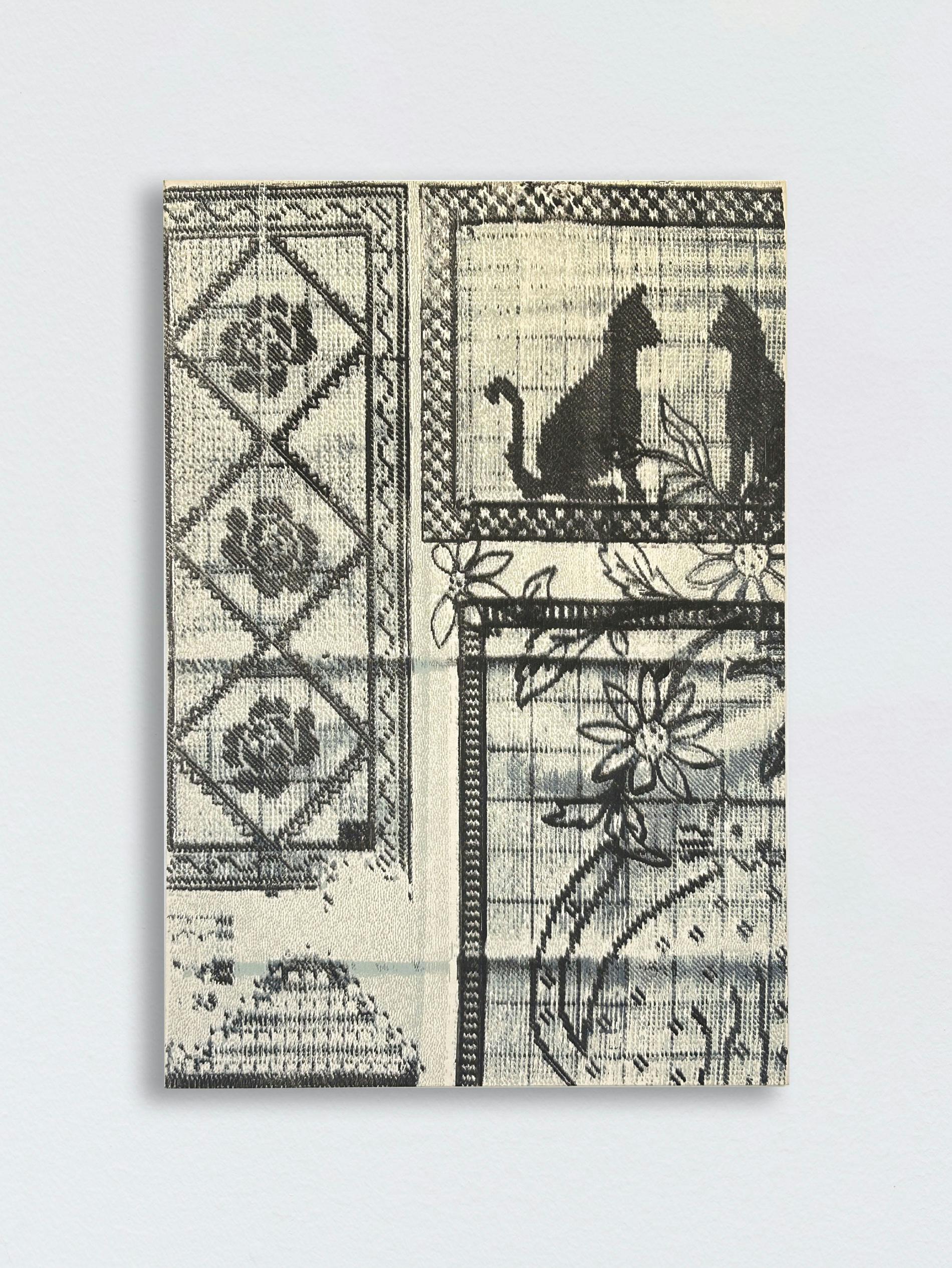
Natan Lawson
Cats, Flowers, Vignettes, 2020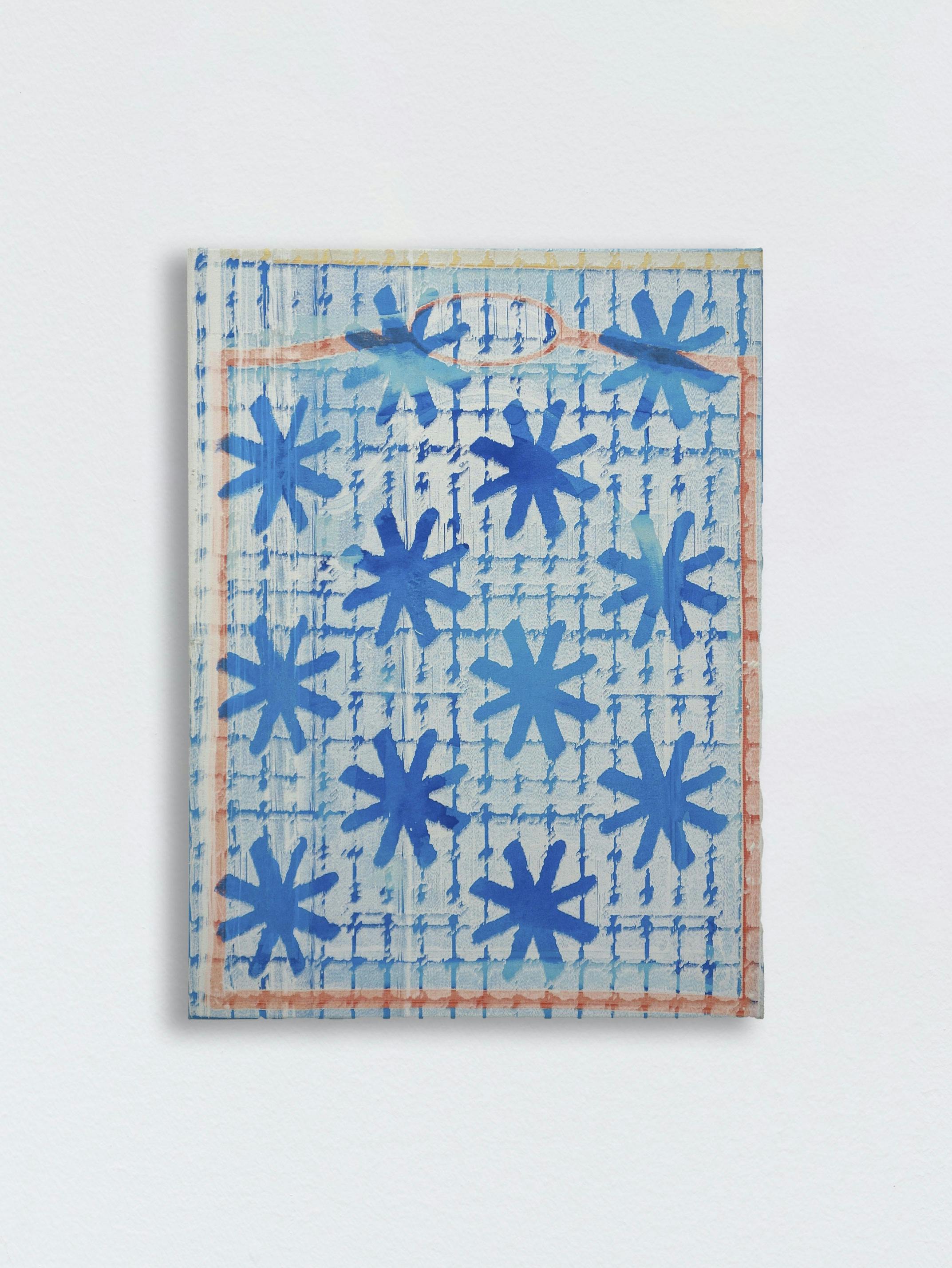
Natan Lawson
Snowflake, 2020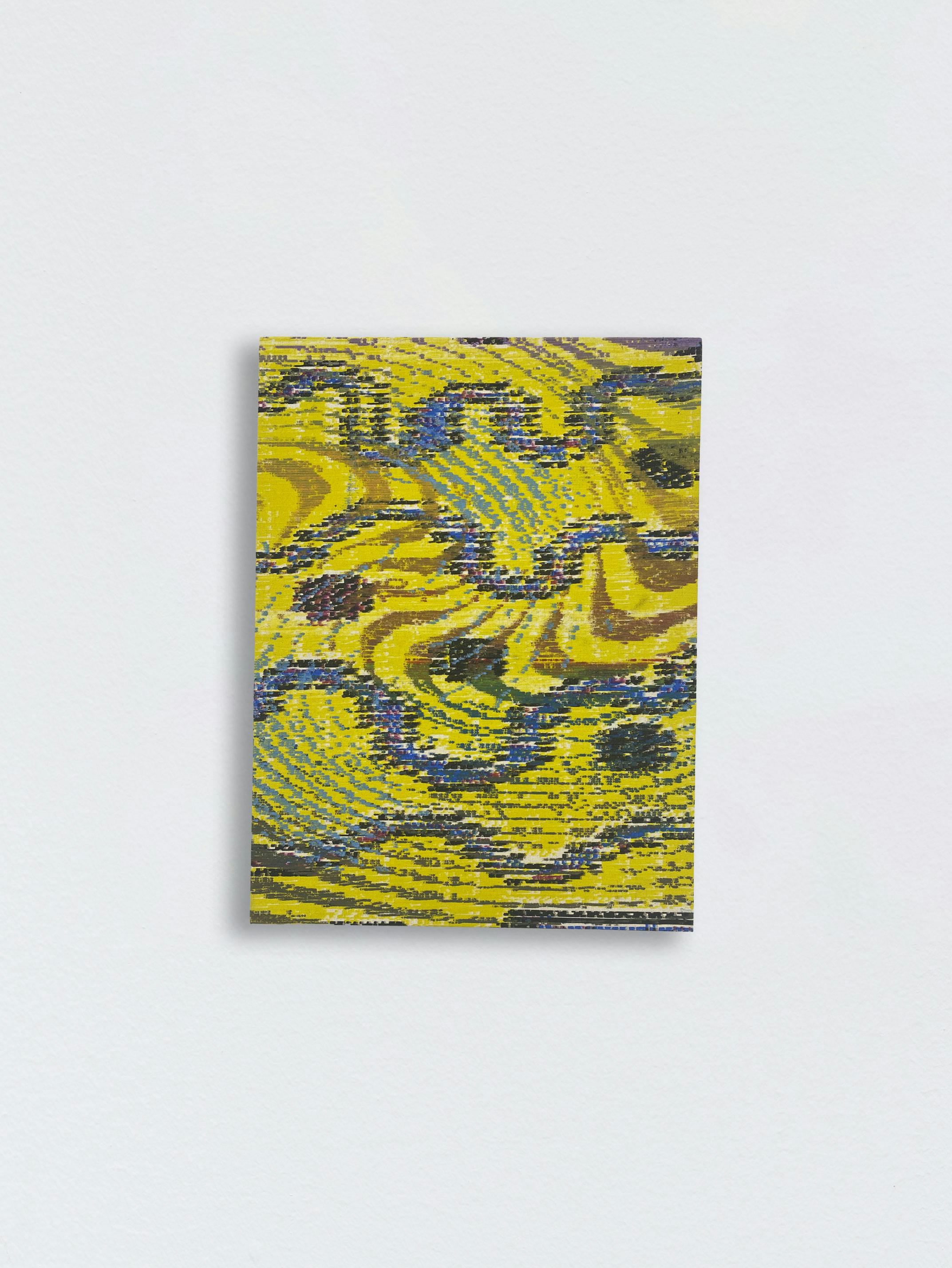
Natan Lawson
Sound Garden 3, 2021Appears In...
CV
Natan Lawson received a BFA in Painting from the Rhode Island School of Design. His work has been featured in exhibitions at 11 Newel Gallery, New York, NY (2022, 2021); Rosenberg Gallery, Goucher College, Towson, MD (2021); Baltimore Museum of Art, MD (2020); and Resort Gallery, Baltimore, MD (2018), among others. Lawson’s paintings have been featured in multiple HBO productions and are represented in important collections such as Kadish, Paris and San Francisco, CA; Fidelity Investments Corporate Art Collection, Boston, MA; and Capital One, MacLean, VA. In addition to other honors, he received an Individual Artist Award from the Maryland State Arts Council (2016).
Artist Statement
I’m naturally drawn to observing and collecting ephemera. These are the transient objects, textures, and printed matter we encounter in our daily lives that we disregard or simply overlook. I find that anything, from the template of a child’s cursive worksheet to the motif pattern on a paper plate, can be appreciated for its formal qualities. I find joy in sorting through scraps to find moments that speak to me as art. The principles that make an image pleasing—composition, movement, contrast, scale, connection—are at work everywhere.
I collect, document, and collage these remnants into the primary source material of my paintings. These compositions are then scanned and edited into digital form. The images are reused and recombined in shifting scales and color palettes to produce a series of variations, and iterations, each unique despite formal and aesthetic echoes. My resulting paintings aim to monumentalize and celebrate the iconography of our everyday life so they can be remembered and seen anew.
My paintings are constructed with a custom-built Computer Numerical Control (CNC) machine. This machine is composed of an axis-bound mechanical arm that holds a brush and moves across a 3ft x 4ft workspace laying down paint, one stroke at a time. These paintings are built, layer by layer, over thousands of lines of code to create an evolving, intricate, textural surface. The machine doesn't do this work alone. I monitor and guide it through the process, taking stock of errors and mishaps to embrace as part of the final piece.
This process is a cross between photography and a Jacquard loom. It also echoes printmaking techniques and traditional crafts like needlepoint and weaving. The interplay between different modes of production and the physical-digital-physical feedback loops creates hybrid paintings that connect traditional methods of art to emerging technology. While the process is based on the language of computer 1s & 0s, the final result reflects the magical, textural qualities of paint.